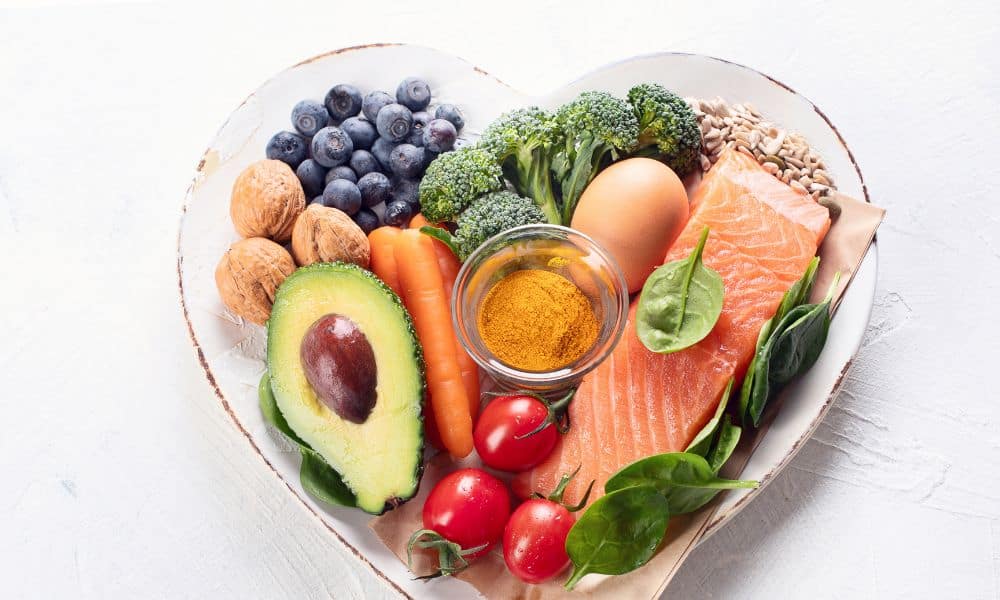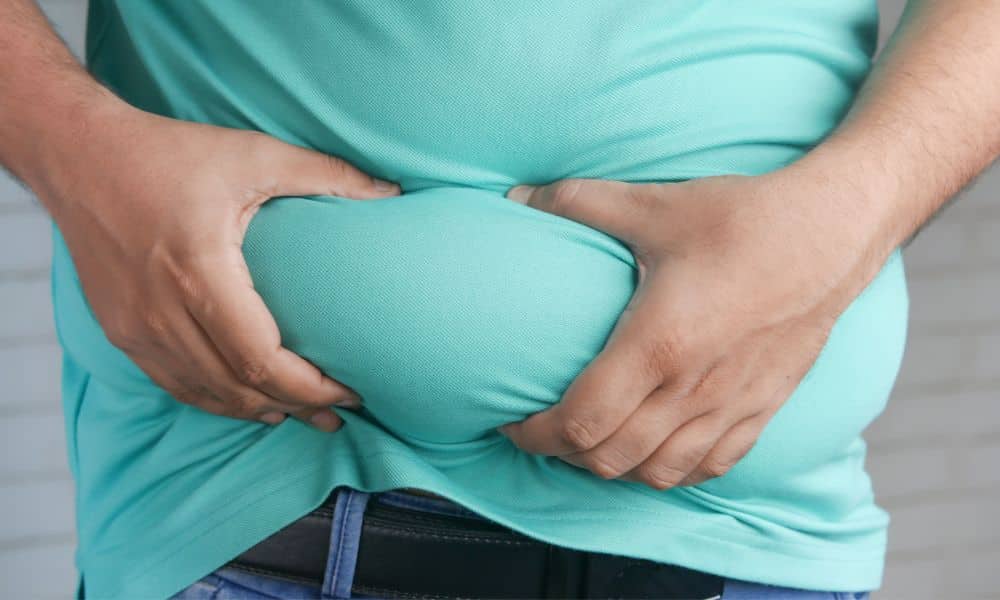Macronutrients refer to carbohydrates, fats, and protein – the three necessary food components to burn body fat. Understanding the essential macronutrients can help you make better choices regarding your diet. Also, understanding their function and relationship can help you know how they can help you burn fat.
Metabolism is the process through which your body converts those macronutrients into energy. During this complex biochemical process (metabolism), calories in macronutrients and beverages combine with oxygen molecules to release the energy your body needs to function.
Finally, your metabolism “burning” (converting) calories to energy make it possible to raise your arm, lift groceries, or walk across a room.
Your metabolism is still working, even when you are resting.
Consequently, your heart beats while your lungs absorb oxygen and expel carbon dioxide. Also, your body is growing, and your cells and tissues are being repaired. All of these processes need energy and calories. The number of calories your body uses to perform these essential bodily functions is your basal metabolic rate.
How macronutrients support your metabolism. As proteins, carbohydrates, and fats are digested, they move along a series of metabolic (biochemical) pathways unique to each nutrient. Carbohydrates and fats will be used for energy, while proteins provide the raw materials for making hormones, bones, and muscles.
There are notable exceptions:
How can you use this information to help burn body fat?
You can adjust your body composition (add lean muscle and lose body fat) by burning more calories (exercise) and eating a healthy diet.
You have undoubtedly heard that one pound of fat contains 3,500 calories, and to lose a pound of body weight, you need to eat 3,500 fewer calories or increase your exercise to burn an additional 3,500 calories.
This “calories consumed” vs. “calories burned” approach works; however, you can refine and improve this process if you choose the right macronutrients to fuel your body. Your body and metabolism respond very differently to 200 calories from a chocolate chip cookie, for example than 200 calories from steamed broccoli.
Where to start?
Start by eating a diet rich in fresh produce, healthy fats, complex carbs, and lean protein sources. Then, calculate the calories you should eat daily, about 200-300 less than the number you need to maintain weight.
Using your calorie total, calculate the ratio of macronutrients you need to eat daily for fat loss and lean muscle gain. An excellent place to start is 40 percent protein, 30 percent fat, and 30 percent complex carbohydrates.
If you or someone you know is considering weight loss, share this article on Facebook or Twitter so that others can learn more about losing weight.




